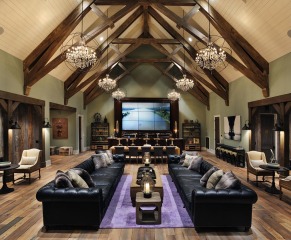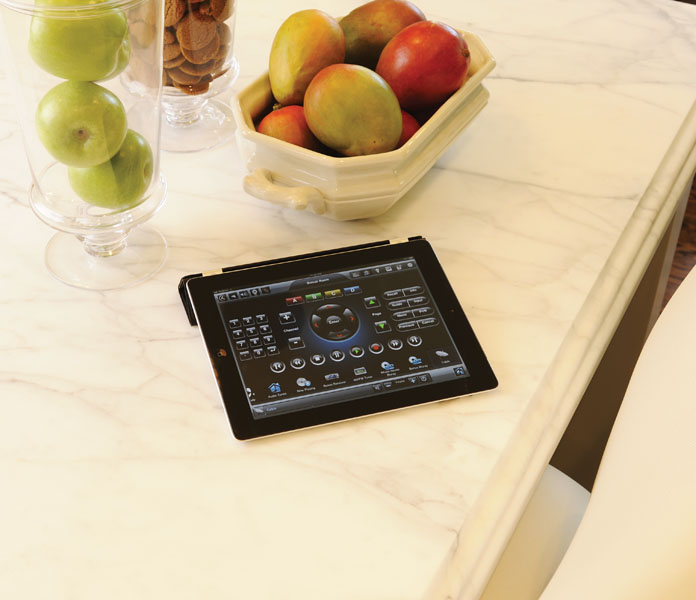Understanding Home Technology
The world may not look like the Jetson’s yet, but new technology is everywhere from vehicles to houses to the games that we play. Consumer electronics, from flat-panel TVs to iPod docks, are the eye-candy that catches our attention. Just as advanced, however, are the behind-the-walls systems that enable all the gizmos.
There are two essential issues at work: control and flexibility. As homebuyers become more sophisticated in their use of home electronics and more aware of home energy costs, they want better control over both. At the same time, they want control systems that will change with and accommodate their lifestyles, new design trends and the next generation of electronics without requiring a complete rewiring.
 Professional builders in tune with the latest home automation trends know that the first step to providing both control and flexibility is the structured wiring system (SWS). Also referred to as low-voltage or advanced wiring, SWS distributes high-speed, low-voltage wires and cables from a central hub to each outlet that will accommodate a consumer electronic device, such as a television or personal computer. The wires and cables — and the outlets at which they terminate — are universal, meaning they will work with any device. Homeowners can simply “plug and play” as they wish, now and in the foreseeable future.
Professional builders in tune with the latest home automation trends know that the first step to providing both control and flexibility is the structured wiring system (SWS). Also referred to as low-voltage or advanced wiring, SWS distributes high-speed, low-voltage wires and cables from a central hub to each outlet that will accommodate a consumer electronic device, such as a television or personal computer. The wires and cables — and the outlets at which they terminate — are universal, meaning they will work with any device. Homeowners can simply “plug and play” as they wish, now and in the foreseeable future.
In that future, the design of an SWS will also allow compatible appliances, consumer electronics, and other systems to communicate — most likely through wireless hubs that broadcast a wired or satellite signal — to boost their convenience and function. Conceivably, using a mobile phone or other wireless handheld device, a homeowner could send signals from a remote location to the home electronic system to initiate lighting schemes, security systems, and heating and cooling modes while away or returning home.
Builders are also delivering control and flexibility with wall-mounted touchscreens. Designed to be easily installed, removed or replaced, these small screens can be used to control whole-house or room-specific audio, lighting, security, heating and cooling, and even to adjust window shades. The latest versions allow homeowners to select a designer background, which is simply swapped out as their tastes change.
In fact, almost every electric and electronic product in a new home today, from the garage door to the refrigerator, already does or soon will incorporate an automated feature for better homeowner control and lifestyle need. Better still, home automation will continue to evolve to be even more flexible, enabling homes to be “future-proofed” for whatever is on the digital horizon.

